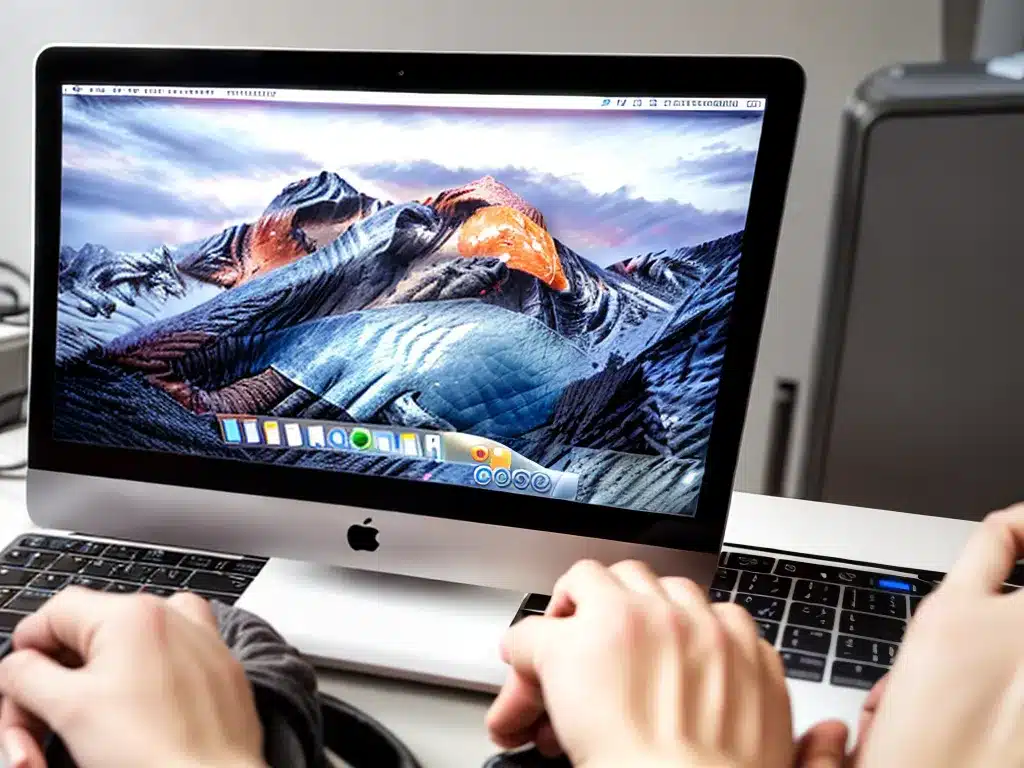
Introduction
Having a bootable backup of your macOS system can save you in the event your primary startup disk fails or becomes corrupted. In this guide, I will walk you through the steps to create a bootable external drive with a copy of your macOS installation that you can use to boot and run your Mac.
Prerequisites
Before starting, you will need:
- An external USB, Thunderbolt, or FireWire drive with at least 60GB of storage for a minimal backup. Larger backups require more storage.
- A connection cable for your external drive.
- The latest macOS installer from the App Store on your current startup drive.
- An hour or more of time to complete the backup process.
Step 1: Format the External Drive
The first step is to format your external drive to make sure it is set up properly for a macOS backup.
-
Connect the external drive to your Mac and launch Disk Utility.
-
Select your external drive from the sidebar in Disk Utility. Be very careful to select the correct drive, as formatting will erase all data.
-
Click the Erase button and give your drive a name. Select Mac OS Extended (Journaled) for the format.
-
Click Erase to format the external drive. This prepares the drive to become a bootable clone of your startup disk.
Step 2: Create the macOS Installer
Next, you need to create a macOS installer on your current startup drive which will be used to install macOS on the external drive.
-
Launch the App Store and download the latest macOS. It will download to your Applications folder as an installer app.
-
Quit the App Store.
-
Launch Terminal from your Utilities folder.
-
At the Terminal prompt, type
sudo /Applications/Install\ macOS\ {version}.app/Contents/Resources/createinstallmedia --volume /Volumes/{drive name}replacing{version}with your macOS version and{drive name}with your external drive’s name. -
Press Enter and type your admin password when prompted. This will start the process of creating the bootable installer.
-
When done, the external drive will be a bootable macOS installer. Quit Terminal.
Step 3: Backup macOS with Disk Utility
Now it’s time to make a copy of your current startup disk onto the external drive.
-
Go back to Disk Utility.
-
Select your current startup disk from the sidebar.
-
Click New Image from the top menu bar.
-
Set the name for your disk image backup.
-
Set the format to read/write disk image.
-
Set the encryption to none.
-
Set the image size to match your startup disk.
-
Set the destination to your external drive.
-
Click Save to start cloning your startup disk to the image file on your external drive.
Step 4: Test the Backup
Once the backup process finishes, it’s important to test it.
-
Restart your Mac and hold down the Option key during boot.
-
Select your external drive from the list of bootable volumes.
-
Your Mac should boot directly into your backup disk image on the external drive.
-
Test things like network connectivity and app launching to verify the backup works.
-
Restart back into your normal startup disk when done testing.
You now have a bootable backup of your macOS system that can save you if your normal startup disk fails! I recommend repeating this process periodically to keep your backup up-to-date.
Summary
-
Formatting an external drive properly prepares it for a macOS backup.
-
The latest macOS installer from the App Store can create a bootable installer.
-
Disk Utility can clone your startup disk to a disk image on the external drive.
-
Testing the backup ensures it works before you actually need it.
-
Regularly updating the backup keeps it current.
With a bootable external backup drive, you can get back up and running quickly in case of emergencies or disk failures. Just remember to keep the backup drive connected periodically to update it. Let me know if you have any other questions!












